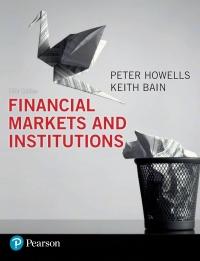Multiple choice Questions: 1). The three most common cost behavior classifications are 2. variable costs, product costs, and sunk costs b. fixed costs, variable costs, and mixed costs c. variable costs, period costs, and differential costs d. variable costs, sunk costs, and opportunity costs 2). Strait Co. manufactures office furniture. During the most productive month of the year, 3,000 desks were manufactured at a total cost of $59,000. In the month of lowest production, the company made 1,125 desks at a cost of $38,000. Using the high-low method of cost estimation, total fixed costs are a $21,000 b. $25,400 c. $42,000 d. $13,000 3). The systematic examination of the relationships among selling prices, volume of sales and production, costs, and profits is termed a. contribution margin analysis b. cost-volume-profit analysis c. budgetary analysis d. gross profit analysis 4). A firm operated at 90% of capacity for the past year, during which fixed costs were $420,000, variable costs were 40% of sales, and sales were $1,000,000. Operating profit was a. $180,000 b. $420,000 c. $1,080,000 d. S980,000 6). Johnson's Plumbing's fixed costs are $700,000 and the unit contribution margin is $17. What amount of units must be sold in order to realize an operating income of $100,000? 5,000 b. 41,176 c. 47,059 d. 58,882 7). The point where the sales line and the total costs line intersect on the cost-volume-profit chart represents a. the maximum possible operating loss b. the maximum possible operating income c. the total fixed costs d. the break-even point 8). In a cost-volume-profit chart, the a total cost line begins at zero b. slope of the total cost line is dependent on the fixed cost per unit c. total cost line begins at the total fixed cost value on the vertical axis d. total cost line normally ends at the highest sales value 9). The relative distribution of sales among the various products sold by a business is the a. business's basket of goods b. contribution margin mix c. sales mix d. product portfolio to increase by 120% next year Onerating FASALA 10). Forde Co. has an operating leverage of 4. Sales are expected to increase by 12% next year. Operating income is a. unaffected b. expected to increase by 3% c. expected to increase by 48% d. expected to increase by 4% 5). If fixed costs are $250,000, the unit selling price is $125, and the unit variable costs are $73, what is the break-even sales (units)? a. 3,425 units b. 2,381 units c. 2,000 units d. 4,808 units










